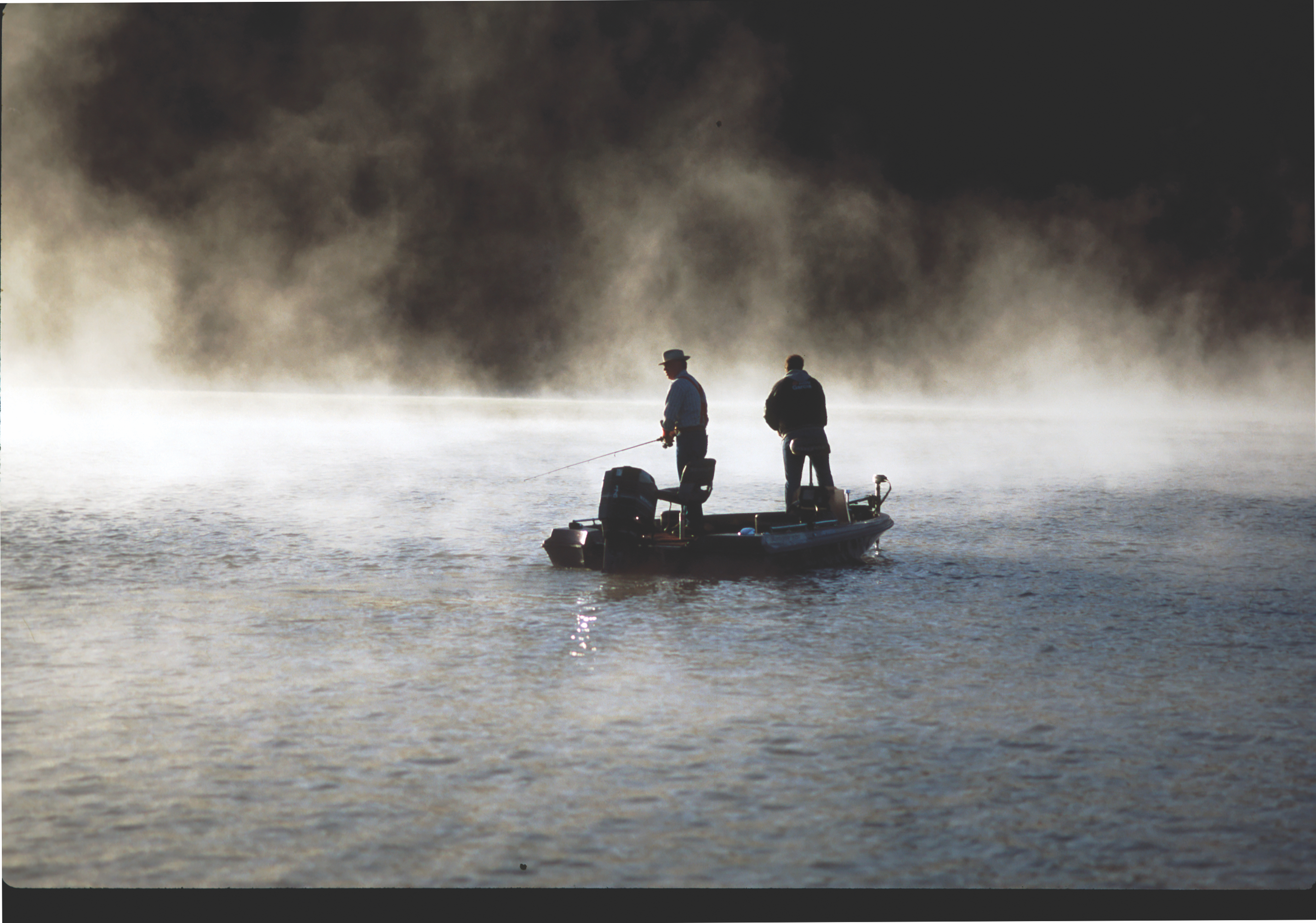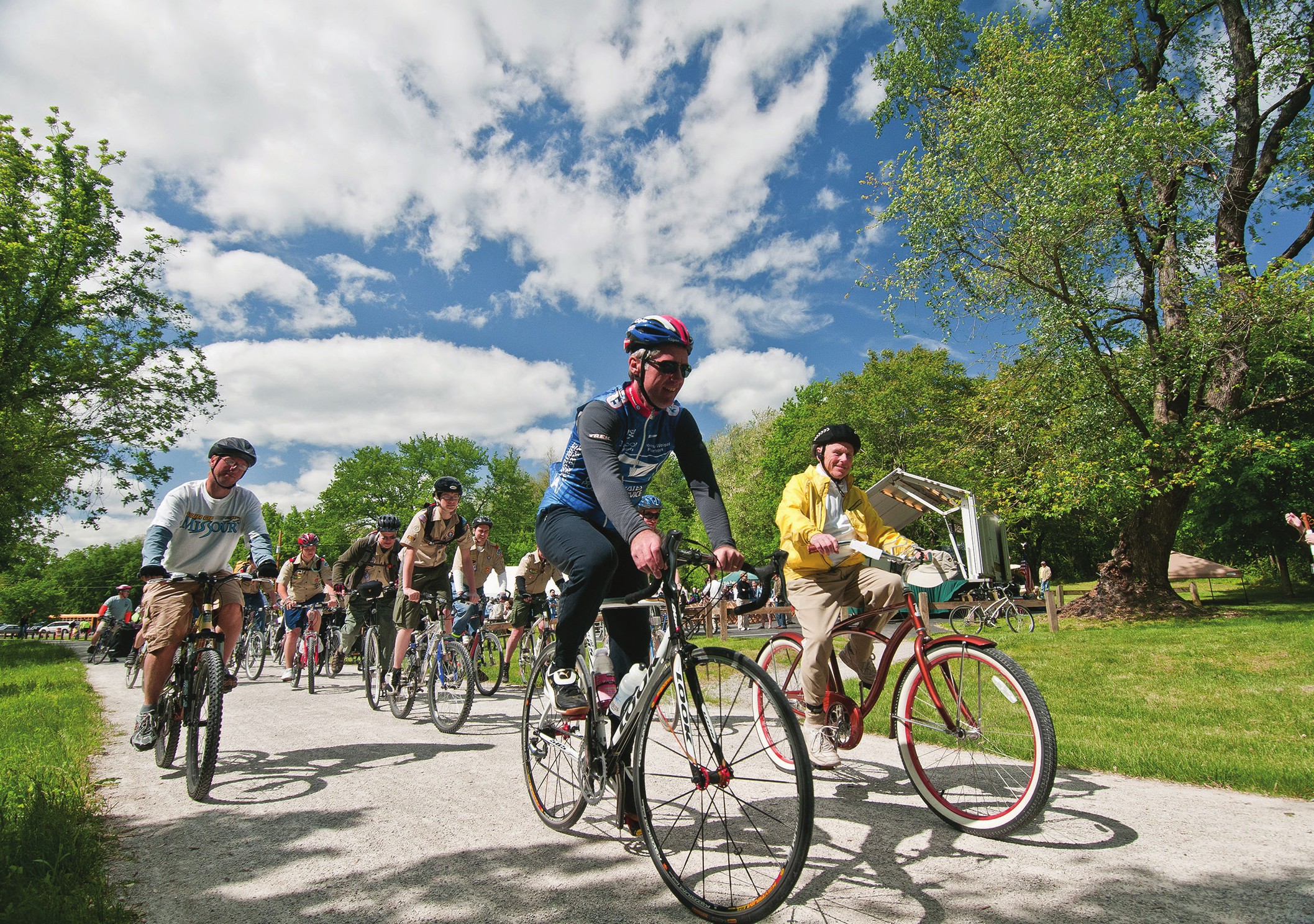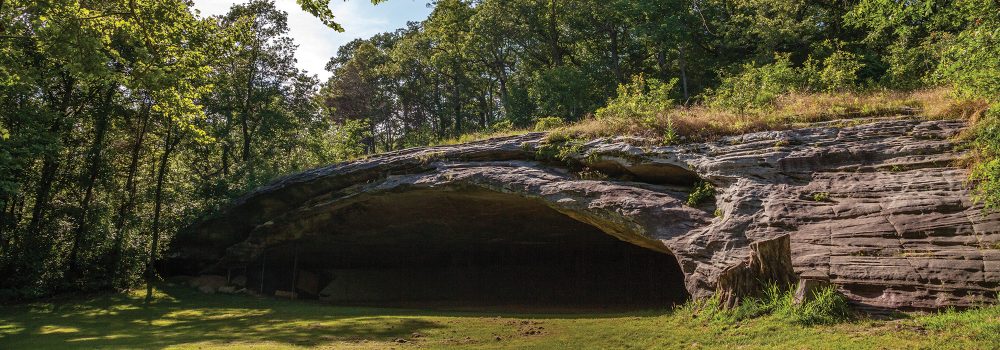Spend a few days at Big lake State Park. There is so much to do from fishing to camping to boating. Big Lake is an oxbow lake and among the largest remaining natural oxbow lakes along the Missouri River. It is one of the largest natural lakes of any type in the State.

Photo credit: Stephanie Sidoti
THE MISSOURI RIVER HAS SHIFTED course across its floodplain over the years. After such a shift in course, the old channel often retained water and formed a marsh or lake. Where such an abandoned channel is the result of the river cutting off a U-shaped bend in its own course, the lake is called an oxbow lake. Big Lake is an oxbow lake with 615 acres of open water and nearby wildlife habitat.
As recently as a century or two ago, the floodplain of the Missouri River in northwest Missouri was a maze of shallow riverbeds, bottomland forests, wet prairies, marshes, and oxbow lakes teeming with fish, waterfowl, and large game animals. The floodplain was bordered on the east by high-piled mounds of savanna-covered loess. It was a lush and fertile landscape. Since having been channelized, the river no longer creates such a dynamic riparian corridor, except in vestiges still found in a few places along the western sections of a few northwestern counties, and in Big Lake State Park.
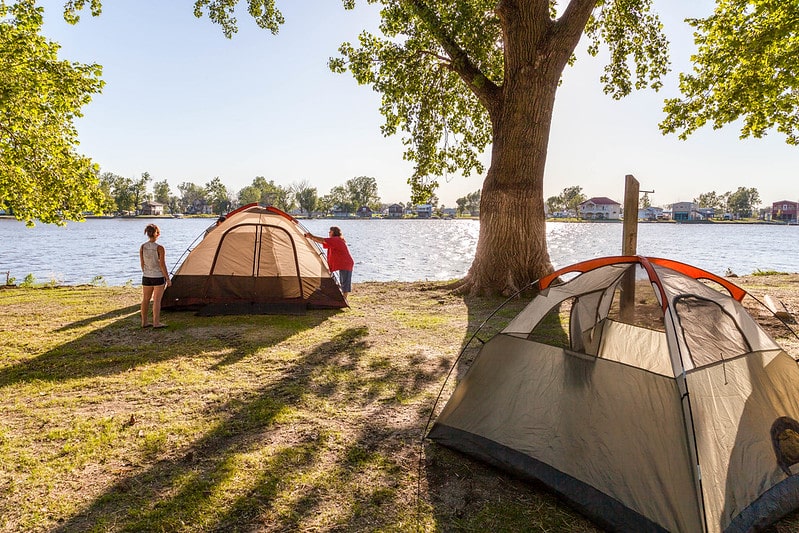
Most of northwest Missouri, including the silted-in former river channels, has been devoted to agricultural production, leaving relatively few areas to offer public opportunities for outdoor recreation. Big Lake does, and it has been a recreation magnet for many years. Much of its shoreline is dotted with weekend cabins and fishing camps. The primary attraction at Big Lake was the open water of the lake itself, and all developments—a campground, picnic areas, a swimming pool, a boat launch, vacation cabins, a restau- rant, and a small motel—were oriented to viewing, boating, and fishing opportunities in and around this shallow, tree-lined remnant of the Missouri River channel.
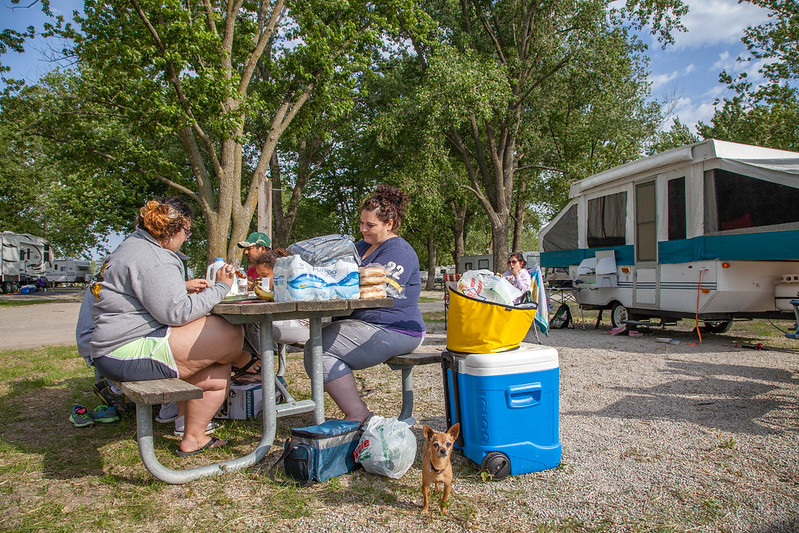
But the Missouri River over the years has had other ideas, occasionally flooding and depositing its silts in and around facilities, necessitating major cleanups and renovations. After the devastating flood of 2011 destroyed virtually all the facilities, the park remained closed for three years. It reopened with a campground, boat launch, and picnic area, and it now boasts eight camper cabins on wheels that can be moved to high ground when the river floods. The park is now less prone to flood damage in the future.
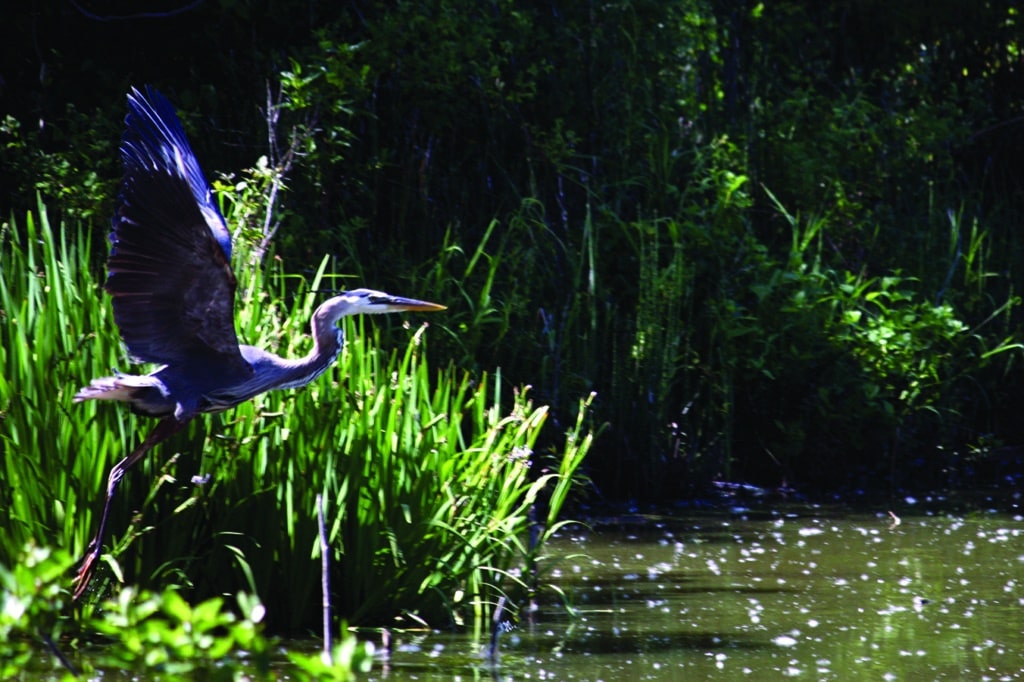
Photo credit: Missouri State Parks
As the Missouri River does what it will, the oxbow lakes, sloughs, and other wetlands continue to attract millions of migratory waterfowl and provide a haven for resident birds and animals. Big Lake has the largest natural Missouri River floodplain marsh in our parks. It is a refuge for the unusual yellow-headed blackbird, and there always seem to be shorebirds or waterfowl on the lake. Snow geese make a thunderous display during their migration in the spring and fall, and bald eagles soar over the park.
Water is pumped into the lake to keep it deep enough for fishing and boating. A new portion of the park known as Scout Island is a fine place to walk to see floodplain plants and birds or to drop a line for Missouri River catfish.
So, in the midst of heavily farmed northwest Missouri, there is an oasis of recreation, natural landscape, and wildlife. Come in the summer for a lazy camp-out and fishing trip or during spring or fall migration time—or even in winter—to watch the eagles. Big Lake is a special retreat in the magnificent Missouri valley.
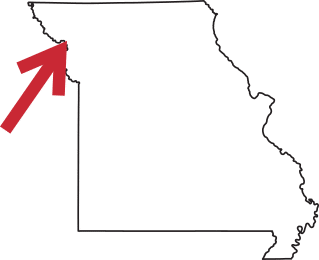
Big Lake State Park
204 Lake Shore Dr, Craig, MO
407 acres
Holt County
Big Lake State Park offers camping, fishing, a picnic area, lodging. Swimming, boating, playground, and floating/kayaking.
Read more about lakes in Missouri here.
Related Posts
Learn About Lake Ozark State Park
Lake of the Ozarks State Park has an interesting history. Learn how the lake itself came to be. More than just a lake for boating and fishing, the park is filled with trails, caves, miles of shoreline, great fishing, camps, an airport, and so much more.
Get Out and Enjoy the Katy Trail State Park!
What was once the MKT (Missouri-Kansas-Texas) railroad,The Katy Trail State Park has so much to explore on foot, by bike, or on some stretches, horseback. The trail runs 240 miles over 14 counties. Get out and see the state in a whole new way.
Hiking Graham Cave State Park
Head over to Graham Cave State Park to walk in the footsteps of early Missourians.

